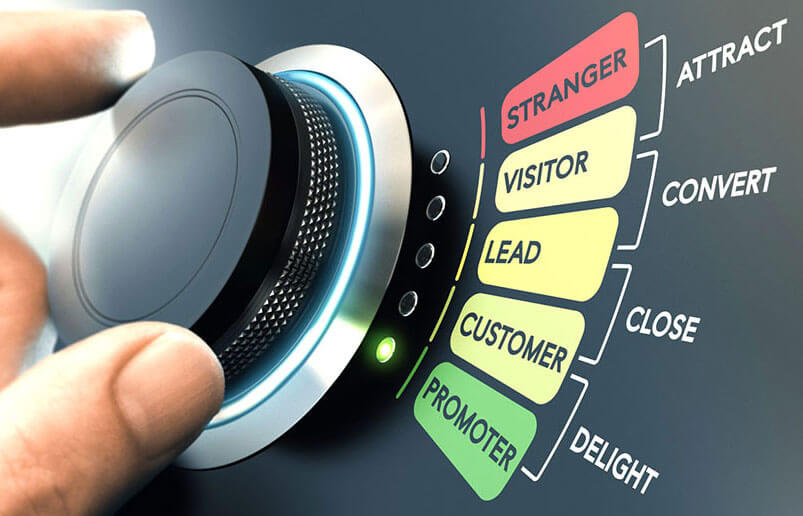In this article, we look at the relationship between sales and marketing in the context of the buyer's journey and why you should care. We also explain how your engagement with leads should be fine-tuned with the right sales and marketing!
There is marketing. There is sales. And then there's smarketing. Depending on the size of your organisation, you may have two separate departments to deal with the two tasks, or the same team. Either way, when it comes to your leads in the buyer's journey, the two should work in perfect harmony; smarketing.
Communication is key
It isn't just communication between you and your leads which is vitally important to the nurturing process. It is also communication between your sales and marketing operations. If your sales and marketing are overseen by the same person or people, you might find that there are no blurred lines, but if these entities typically work separately, it is important that they are not treading on each other's toes. One sensible solution is for both your sales and marketing teams to use the same customer relationship management (CRM) system, so that all previous lead activities can be tracked and monitored.
The right information at the right time
When a lead is marketing qualified, they have proactively taken a step to ask for more information about your product or service, or the expertise possessed by your organisation. And it's at this stage where it pays to know when your sales team should 'keep their hands off'. This isn't time for your sales personnel to rush a lead into making a purchasing decision. It is the right point for your marketers to furnish the lead with exactly the information they are looking for, and potentially supplementary information which they might be interested in. This is all part of the consideration stage. But if your sales team appear too 'trigger happy', a lead can feel rushed and hit the brakes.
Ripe for the picking
If you have sent your lead plenty of marketing material, spoken with them over the phone, or received a direct enquiry about a product or service, that could make them a sales qualified lead. You might like to employ a scoring system which allows your sales team to rank a lead by its 'readiness', according to the interactions which you have had with them so far. Simply put, a sales qualified lead brings you to the point at which you will make some form of proposal to the lead, which has reached the decision stage. For companies in the B2B sphere, this could mean setting up a meeting in which to make an offer or sending a formal proposal.
We might say that the best type of marketing will encourage a lead to make an enquiry without your sales team needing to produce a formal offer. That is not always the case, as some leads will naturally need communication which is intended to inform their decision, and ask if they wish to move forward.
Remember that a sales qualified lead is not the end of the line! Many leads which appear 'ripe for the picking', may need more time, and more marketing information to influence their decision - or in the case of a large organisation such as a corporate, use as evidence to present to a line manager with procurement power. It is another reason to play the long game, rather than go all-in for the 'hard sell'.
While we can never predict exactly when a lead will turn into a customer, by ensuring we know exactly where leads are in the buyer's journey, we can be confident that our communication is spot on.





